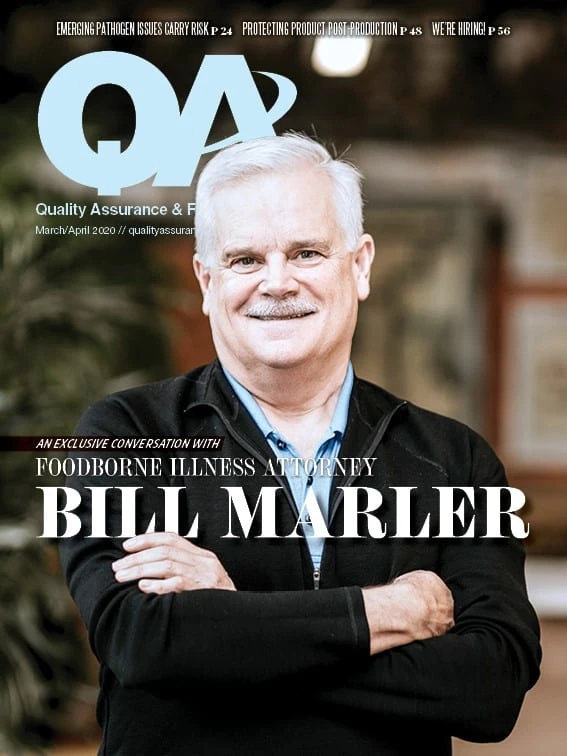
Paul Barnhill, CTO and Head Engineer at Meritech explains the top methods and human considerations to account for when testing for pathogen removal. Listen to this entire discussion with Paul at: https://www.meritech.com/podcasts/qa-pathogens.
1 What are some common methods for validating a hand hygiene process?
People often use a bioluminescent oil that is rubbed onto hands, and after handwashing, a blacklight reveals leftover oil. While meant to illustrate ineffective handwashing methods, the oil-based solution doesn’t accurately reflect the behavior of pathogens. It is not able to be destroyed with an antimicrobial soap, which can result in a false sense of security if used to validate a hand-hygiene process.
2 So what is a better way to validate a handwashing process for pathogen removal?
ATP or Adenosine triphosphate is a reliable, effective method for accurately measuring the reduction in pathogen levels on hands by capturing samples of both pre- and post-hand hygiene events for direct comparison. However, it is important that when collecting samples, hands are swabbed thoroughly and in an identical fashion each time for accurate results.
3 In the lab, how are automated handwashing stations validated for certain pathogens?
We use the “Glove Juice” method, a.k.a. ASTM E1174 for bacteria and the ASTM E1838 for viruses. We always conduct pathogen-specific testing to have complete control of what is applied to the hand, obtain a baseline number, and then conduct an automated handwashing event to see what the reduction result is for that specific pathogen. We repeat this up to 10 times to yield a consistent reduction number that we can stand behind.
4 What are some human variabilities to account for when testing for pathogens?
There’s nothing consistent about humans, including our biggest organ: our skin. Age, gender, race, environment, and more can affect skin health, leading to variations in your data. When validating a hand-hygiene method for pathogen removal, it’s important to choose a broad spectrum of individuals to generate a healthy, varied data set, and then analyze the average. This way, your analysis will properly reflect the diversity seen in your facility.
5 Besides handwashing, what is something every company can do to prevent the spread of pathogens?
The best way to prevent the spread of pathogens is to overcome the variability of human behavior by establishing a culture of hygiene excellence at your facility. With a hygiene culture you’re really putting everyone from executives to production staff on a flat line of leadership and accountability when it comes to food safety and stopping the spread of pathogens with effective hygiene practices.
Get curated news on YOUR industry.
Enter your email to receive our newsletters.

Explore the March April 2020 Issue
Check out more from this issue and find your next story to read.
Latest from Quality Assurance & Food Safety
- Hearthside Food Solutions Recalls Breakfast Sandwiches Due to Undeclared Allergen
- Walker’s Wine Juice Recalls Pumpkin Juice Due to Botulism Risk
- The Cascading Food Safety Impacts of Tariffs on the Food Industry
- Tyson Ventures Calls Startups to Apply for Tyson Demo Day
- Student Finalists Selected for IFT Product Development Competitions
- Martin A. Makary Sworn in as FDA Commissioner
- Cargill Kitchen Solutions Recalls Liquid Egg Products Due to Unapproved Substance
- Eagle Product Inspection’s PXT and SimulTask PRO Integrate for Contaminant Detection







